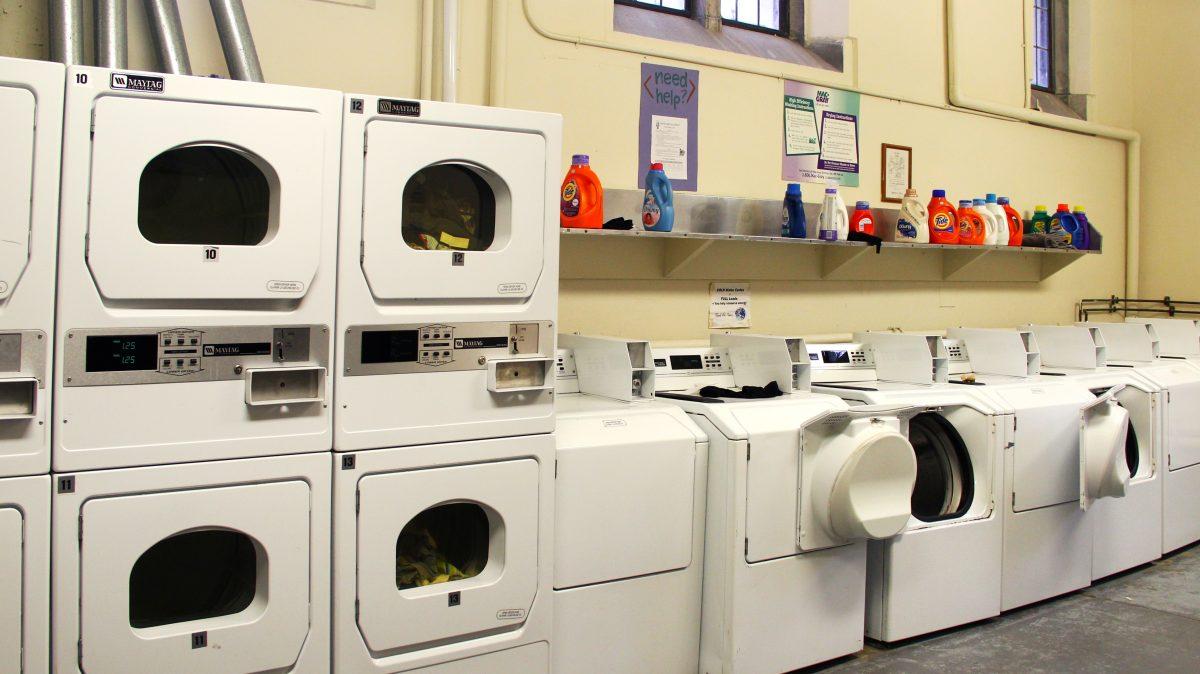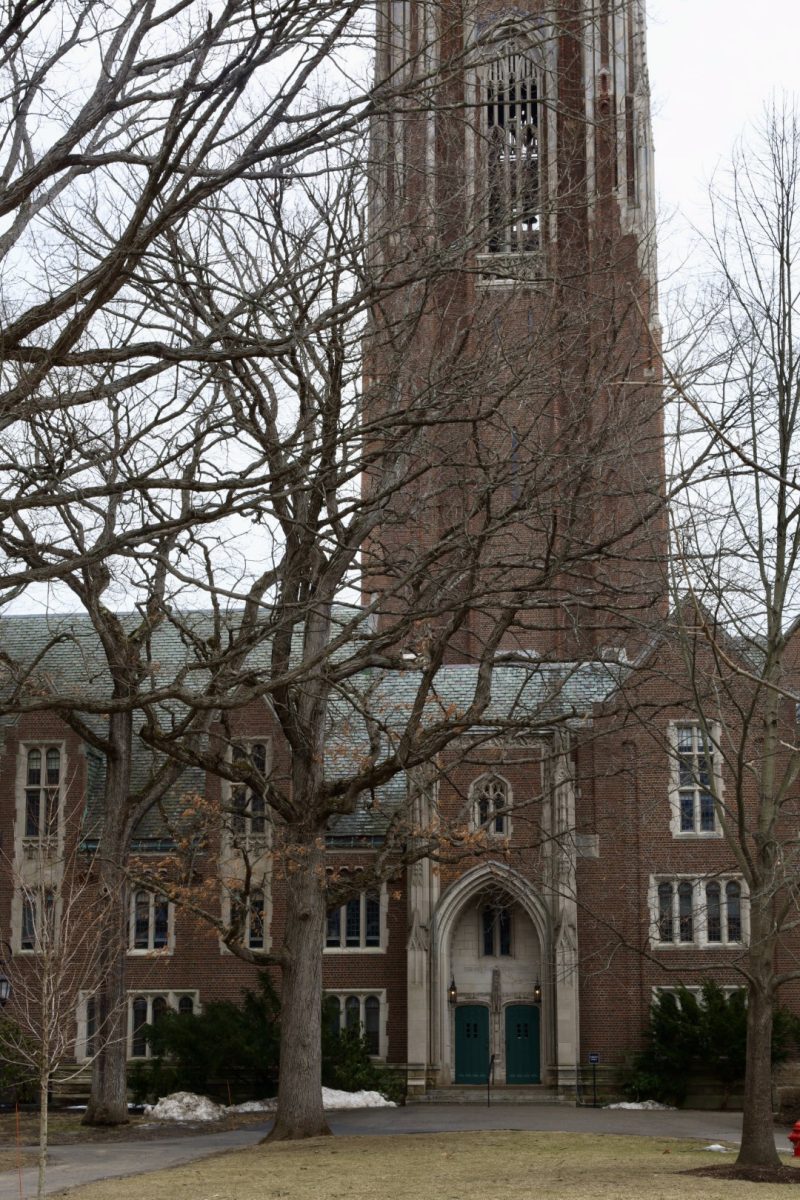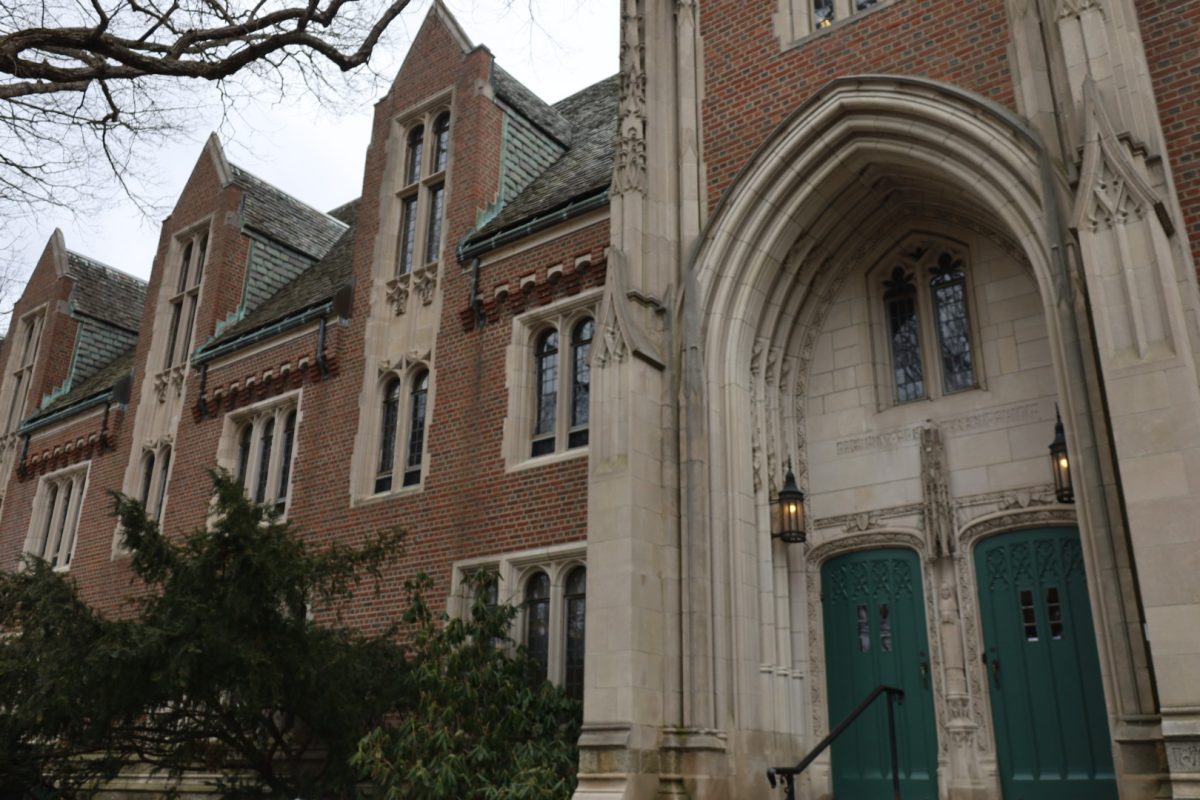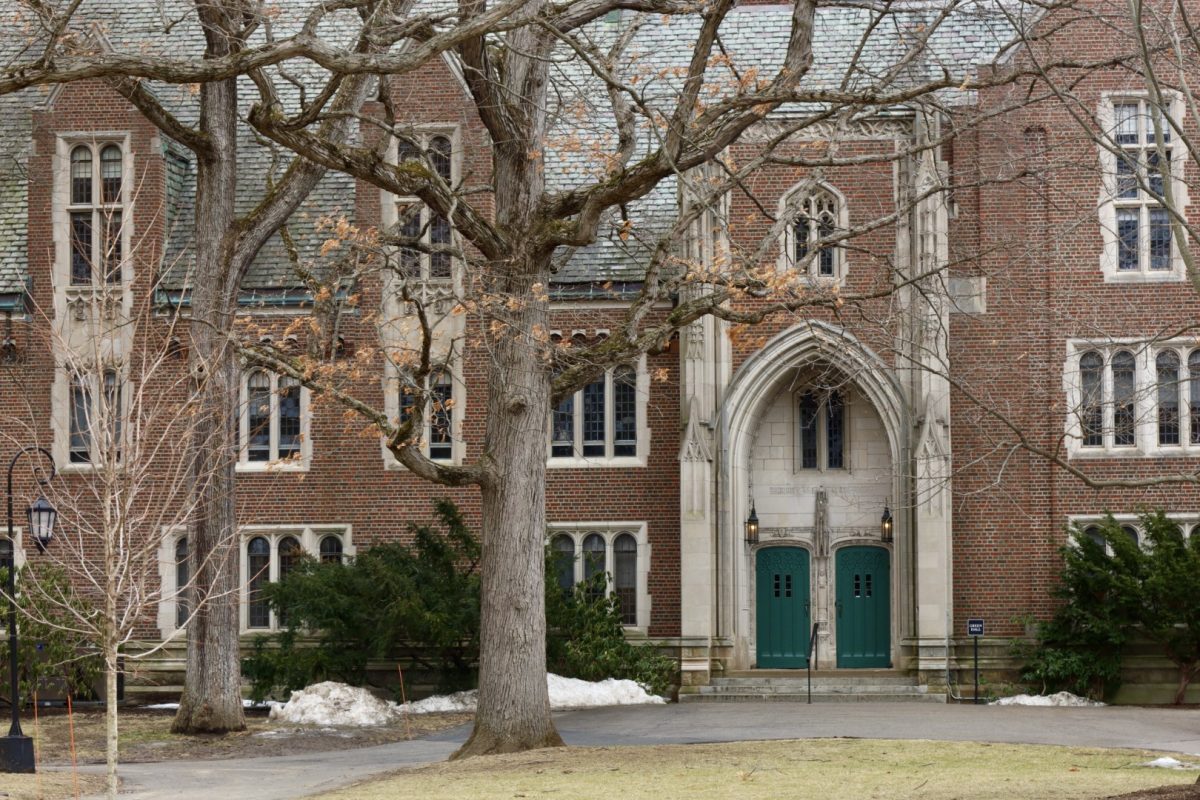Senate is looking into expanding the OneCard so that it can be be used for laundry and to buy Senate Bus tokens and passes. A few weeks ago, Senate released a comprehensive report regarding a campus-wide survey issued last year, which aimed to gauge student interest in various possible improvements to the OneCard.
Last fall, Laura Bruno ’14, former house president of Tower Court West, brought the idea of improving the OneCard to Senate and created the survey with other senators. The survey asked students to rank the possible OneCard capabilities: payment for laundry; Flex Points for use in the Emporium, Leaky Beaker and Collins Café; printing; bookstore purchases; mail services; campus police fees and Charlie Card money from most desirable to least desirable. The survey received 536 responses.
The possible OneCard improvements listed on the survey were based on the ways other colleges and universities utilize their student IDs. For example, at Sarah Lawrence College student IDs can be used at vending machines, at a local CVS and to order pizza from local restaurants. As cited in the survey, students at Emerson College, West Virginia University, Barnard, Hamilton, Northwestern, Smith and other schools can use their IDs to pay for laundry. Students at Smith, Williams and West Virginia University are able to pay for shuttle services or public transportation with their student IDs.
Although a full analysis of the cost of a new OneCard has not been done, Jeff Dubois, assistant vice president for budget and campus services and assistant treasurer, remarked that such a change would require significant funding and major infrastructure changes.
“It is clear that some fairly significant investments would need to be made, depending upon what changes we were hoping to make. For example, we do not have a centralized OneCard office. For the most part, Public Safety manages the issuing of cards and the access control piece. The dining components of the program are controlled by our dining vendor AVI Fresh, and they own the CBoard software that controls and operates this piece. Any enhanced payment processing would involve additional administrative coordination, as well as purchasing of the software to operate it,” Dubois said.
The survey indicated that students are most interested in using OneCards to pay for laundry. According to Katelyn Campbell ’17, Tower Court executive senator, the ability to pay for laundry using a OneCard would benefit the entire Wellesley community.
“Not all students at Wellesley have immediate access to either a steady flow of money or a credit card,” Campbell said. “Being able to use pre-loaded money to pay for things like laundry, which has to be done whether payday was yesterday or one month ago, will make Wellesley a more equitable place for students who fall on the less-privileged end of the socioeconomic spectrum.”
Another popular option was using the OneCard to pay for Senate bus tokens and passes. Students added that having alternative ways to pay would be convenient for transportation at Wellesley.
“I would love to be able to reload [the OneCard],” Emily Johnston ’18 said. “I’m often late to the Peter Pan simply because the token machine or ATM is not working and then miss the bus altogether.”
Additionally, the survey revealed that some students are unaware of the option to add money to the OneCard. OneCards come pre-loaded with ‘Flex Points’ each semester that are equivalent to 50 dollars, but additional money can also be loaded as Flex Points. These Flex Points can be used at the Leaky Beaker, the Emporium and Collins Café.
Apart from the survey, students are also interested in OneCards at Wellesley being tap cards. Instead of swiping the card through a sensor to enter a building, students could tap the card on the outside of the sensor.
“Tap cards are what we need. MIT has them; Middlebury has them,” Zoe Swarzenski ’17 said.
Students added that tap cards would also enhance the safety of Wellesley students. Whereas some swipe cards must be swiped multiple times, tap cards may allow faster access to buildings in dangerous situations.
“Some swipe cards don’t even work in certain places,” Mollie Krawitz ’17 said. “If you need to get into a building more quickly, you can just tap and get in, and you’ll be fine.”
After looking at the results from the campus-wide survey, the student government is taking actions to make new OneCards a reality. The results of the survey will be sent to members of the administration who have jurisdiction over OneCard technology on campus. However, the senators admit that large-scale improvements to the OneCard must come from senior administration members.
“Sending this report to the administration is by no means an attempt by me to tell people who have far more expertise than me about the inner workings of the College how to do their jobs,” Campbell said. “Rather, this report is merely a way of relaying student interest in various potential on-campus improvements to the people who, budget permitting, will try to prioritize them in deciding what happens next at Wellesley technologically.”
According to Campbell, the breadth and cost of Campus Renewal also drastically affects the efforts to enhance the OneCard. On the one hand, the changing infrastructure may provide an opportunity to integrate a new OneCard. On the other hand, the cost of Campus Renewal may put new ideas on the backburner.
“The College recently made a major infrastructural development move when it purchased the credit card machines to go in each laundry room,” Campbell said. “Since the College had just spent a lot of money on the new machines, it might be a while before [paying for laundry with OneCards] ever comes to fruition.”
Due to the setbacks, the college is not currently evaluating significant overhaul of the OneCard program.
“It is believed that the current program meets the essential needs of students, and that other college resource are prioritized above major enhancements at the moment,” Dubois remarked.
A new OneCard may surface in the future, but for now the student ID cards at Wellesley, according to some students, do what they are supposed to do.
“While the changes would be amazing, the card is okay how it is now. The purpose of the card is to swipe into our down as a key, so it serves its purpose,” said Katrina Montales ’18.
The College is, however, looking into integrating a new transportation payment with the OneCard.
“There are smaller incremental changes that could be made with the existing program and we are looking into this. Accepting OneCard payments on the transportation buses is one area where we think we can make some changes in the nearer term,” Dubois stated.
In addition, the nature of the OneCard and student IDs in higher education may be shifting toward heavy sponsorship by banking institutions, pushing toward greater usage of banking and credit cards.
“We are watching this [shift] and as these new programs become established it may be something we look at in the future,” Duboids said.
Although the challenges for a new OneCard still remain, many students are optimistic.
“Honestly, if the administration wanted it to happen, they could make it happen,” Swarzenski said.
According to Dubois, new enhancements to the OneCard may not be too far in the future.
“I think our OneCard is comparable to other institutions of similar design. But there is certainly room for improvement, and we should be continually monitoring and evaluating … For now we will try to make incremental changes that have student benefits at a reasonable cost structure,” Dubois said.
Photo by Bianca Pichamuthu ’16, Photography Editor






